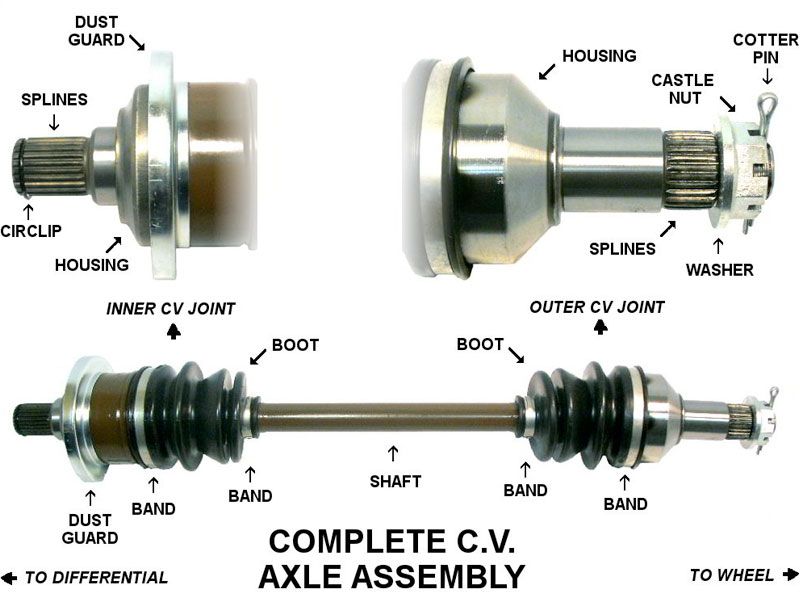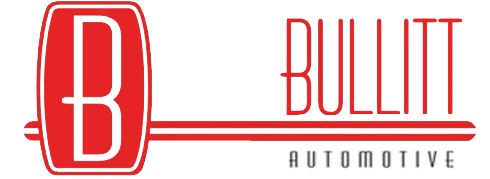Drivetrain Repair Service And CV Joints
MARCH 1, 2016

Drivetrain Repair Service, CV Joints
Drivetrain Repair Service, Constant Velocity joints (CV joints) are flexible joints that transfer power from a vehicle’s transaxle to the CV axle half-shafts and onto the individual wheels. There are several parts that make a CV joint operate, but the two most important parts – and the ones most often in need of repairs – are the cage and bearings that give flexibility to the joint and the CV boot that protects the bearings.
Constant Velocity Joints
Constant velocity joints are special – and especially vital to front-wheel and all-wheel cars – because their ball-bearing construction gives flexibility to the drive axles. CV joints have roller bearings, which means they can continuously transfer a steady velocity from the transaxle/differential to the CV axle half shafts. CV joints even transfer power while absorbing the up and down motion that naturally occurs along bumpy roads as well as the left and right motion of front-wheel drive and all-wheel drive steering. Drivetrain Repair Service.

Front-wheel drive cars have two CV axles at the front, rear-wheel drive vehicles with independent rear suspension have two CV axles in the rear, and all-wheel drive vehicles have four CV Axles connected to the drive wheels. The CV axles connected to a transaxle and/or a differential give power to the drive wheels.
Since functioning CV axles and joints ensure that power is steadily transferred to the drive wheels, any corroding or malfunctioning CV joint will often result in less power transfer and even CV axle failure.
How Do I Know If My CV Joints Replaced?
You may need to replace CV joints if you experience these symptoms while driving:
- Strange humming or clunking sounds while accelerating or decelerating with engine load
- Clicking noise during turns/corners
- Clicking sound during sharp U-turns
- Vibrations felt in the cab of the car, especially while accelerating
- A burning smell (often caused by a CV joints leaking grease onto exhaust systems)
- A visible broken, displaced or cracked CV joints boot
How Often Should I Do A Drivetrain Repair Service?
CV joints are crucial because they keep the wheels on a vehicle moving, and most importantly, keep you on the road. So we recommend drivetrain inspection on the CV joint and CV boot components as part of your regular vehicle maintenance. It’s easy to visually check your own CV boot; simply look at the outside of the boot and make sure the boot is sealed tight and not damaged.
Another option is to bring your car to our professional auto service technicians for steering and suspension maintenance checks. During these inspections our mechanics inspect your car’s CV joints and boots, universal joins, your CV axle half shafts, and all your steering and suspension components.
If you detect unnatural vibrations, clunks, clicks or other signs of CV joint problems, bring your vehicle in for service as soon as possible since those symptoms probably mean your CV joints are damaged and need repairs.
More About Drivetrain:
- Types of Transmissions
- Transmission Flush and Fluid Change
- Signs of Transmission Problems
- Transmission Repair and Service
More Services we offer:
Loading ...
Missing business hours data / Error occurred while getting the data.
Our Location
Have Trouble Finding Us?
Loading ...
Missing nap lines data / Error occured while getting the data.
